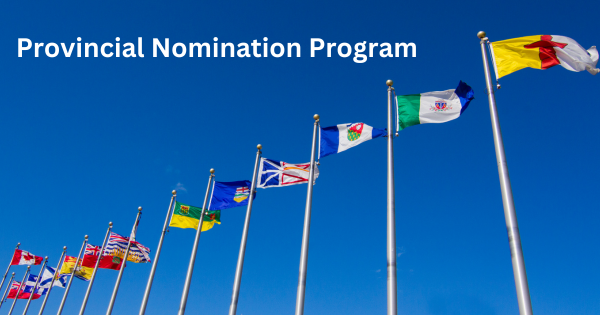
Canada remains a sought-after destination for skilled workers worldwide, including many Filipinos looking for better opportunities. One of the ways to get permanent residency in Canada is through the Provincial Nominee Program (PNP), integrated within the Express Entry system. This program empowers provinces and territories to nominate those who can significantly contribute to their local economies.
Understanding the Provincial Nominee Program (PNP)
PNP allows Canadian provinces and territories to nominate individuals who:
- Possess the skills, education, and work experience to bolster their economy.
- Intend to reside in that particular province or territory.
- Aspire to become permanent residents of Canada.
Each province and territory has its own “streams” or immigration programs targeting specific groups. For example, certain streams may focus on:
- Students
- Business professionals
- Skilled workers
- Semi-skilled workers
The Express Entry System
Express Entry is an online system that manages applications for three federal economic immigration programs:
- Federal Skilled Worker Program (FSWP)
- Federal Skilled Trades Program (FSTP)
- Canadian Experience Class (CEC)
Provinces and territories can nominate candidates through Express Entry by selecting individuals from the pool who meet their specific labor market needs.
How Does the PNP Work with Express Entry?
There are two primary pathways to apply:
1. Express Entry Process
Step 1: Check Your Eligibility. Ensure you qualify for both:
- The PNP of the desired province or territory.
- One of the three federal programs managed through Express Entry.
Step 2: Obtain a Nomination
- Direct Application. Contact the province or territory directly and apply for a nomination.
- Express Entry Profile. Create an Express Entry profile and indicate your interest in specific provinces or territories. If a province or territory sends a “notification of interest” to your account, you can then apply for a nomination.
Step 3: Update Your Profile. If nominated, update your Express Entry profile to reflect this. A provincial nomination adds 600 points to your Comprehensive Ranking System (CRS) score, significantly enhancing your chances of receiving an invitation to apply for permanent residence.
Step 4: Apply for Permanent Residence. Upon receiving an invitation, submit your application for permanent residence online.
2. Non-Express Entry Process
Step 1: Check Your Eligibility. Confirm you meet the criteria for the PNP of your chosen province or territory.
Step 2: Obtain a Nomination. Apply directly to the province or territory for a nomination.
Step 3: Apply for Permanent Residence. After securing a nomination, apply for permanent residence through the non-Express Entry process.
Choosing a Province or Territory
Each province and territory (except Nunavut and Quebec) has its own PNP with specific streams and criteria. It’s essential to research and select the one that aligns with your qualifications and aspirations. Here are some provinces and their respective immigration websites:
Benefits for Filipinos
For Filipinos aiming to establish a life in Canada, the Provincial Nominee Program (PNP) offers several advantages. Many provinces have immigration streams tailored to specific skills and experiences that align with common Filipino professions, making it easier to qualify for nomination. Additionally, various provinces have thriving Filipino communities that could provide a supportive environment. Most importantly, securing a provincial nomination significantly boosts an applicant’s Comprehensive Ranking System (CRS) score, greatly increasing their chances of receiving an Invitation to Apply (ITA) for permanent residence through the Express Entry system.
The Provincial Nominee Program, in conjunction with the Express Entry system, provides a viable pathway for Filipinos to achieve permanent residency in Canada. By understanding the processes and applying to the appropriate provincial immigration programs, you may have a better chance at PR.
For personalized assistance and to navigate the complexities of the application process, consider reaching out to immigration professionals or legal experts familiar with Canadian immigration laws.
Note: Immigration policies and procedures are subject to change. It’s advisable to consult the official IRCC website or seek professional advice for the most current information.
Sources:

